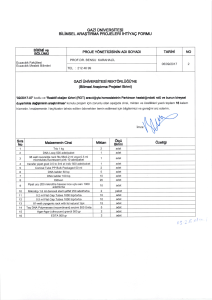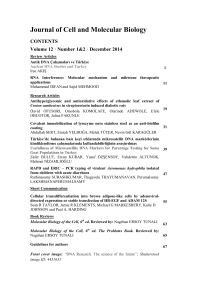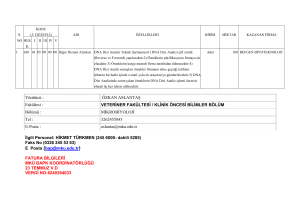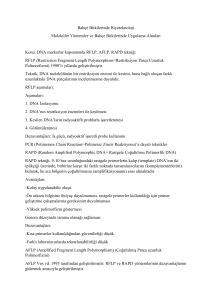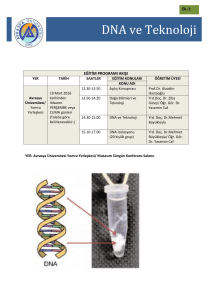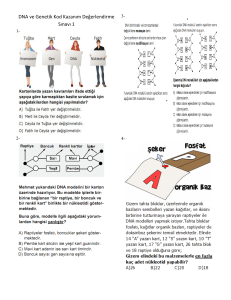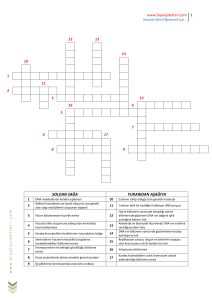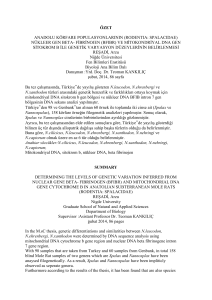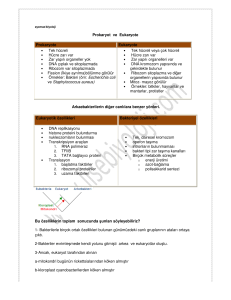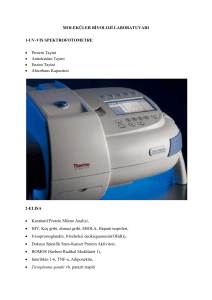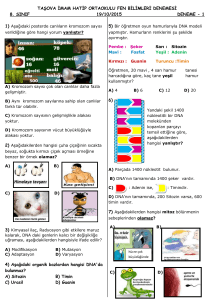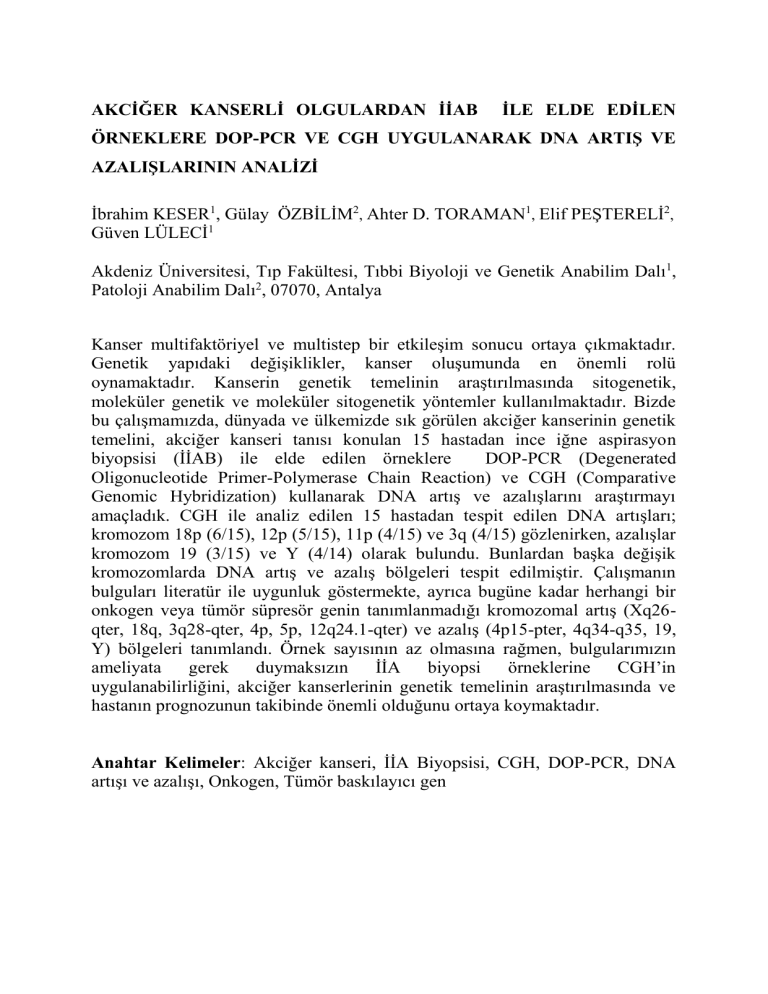
AKCİĞER KANSERLİ OLGULARDAN İİAB
İLE ELDE EDİLEN
ÖRNEKLERE DOP-PCR VE CGH UYGULANARAK DNA ARTIŞ VE
AZALIŞLARININ ANALİZİ
İbrahim KESER1, Gülay ÖZBİLİM2, Ahter D. TORAMAN1, Elif PEŞTERELİ2,
Güven LÜLECİ1
Akdeniz Üniversitesi, Tıp Fakültesi, Tıbbi Biyoloji ve Genetik Anabilim Dalı1,
Patoloji Anabilim Dalı2, 07070, Antalya
Kanser multifaktöriyel ve multistep bir etkileşim sonucu ortaya çıkmaktadır.
Genetik yapıdaki değişiklikler, kanser oluşumunda en önemli rolü
oynamaktadır. Kanserin genetik temelinin araştırılmasında sitogenetik,
moleküler genetik ve moleküler sitogenetik yöntemler kullanılmaktadır. Bizde
bu çalışmamızda, dünyada ve ülkemizde sık görülen akciğer kanserinin genetik
temelini, akciğer kanseri tanısı konulan 15 hastadan ince iğne aspirasyon
biyopsisi (İİAB) ile elde edilen örneklere
DOP-PCR (Degenerated
Oligonucleotide Primer-Polymerase Chain Reaction) ve CGH (Comparative
Genomic Hybridization) kullanarak DNA artış ve azalışlarını araştırmayı
amaçladık. CGH ile analiz edilen 15 hastadan tespit edilen DNA artışları;
kromozom 18p (6/15), 12p (5/15), 11p (4/15) ve 3q (4/15) gözlenirken, azalışlar
kromozom 19 (3/15) ve Y (4/14) olarak bulundu. Bunlardan başka değişik
kromozomlarda DNA artış ve azalış bölgeleri tespit edilmiştir. Çalışmanın
bulguları literatür ile uygunluk göstermekte, ayrıca bugüne kadar herhangi bir
onkogen veya tümör süpresör genin tanımlanmadığı kromozomal artış (Xq26qter, 18q, 3q28-qter, 4p, 5p, 12q24.1-qter) ve azalış (4p15-pter, 4q34-q35, 19,
Y) bölgeleri tanımlandı. Örnek sayısının az olmasına rağmen, bulgularımızın
ameliyata
gerek duymaksızın
İİA biyopsi
örneklerine
CGH’in
uygulanabilirliğini, akciğer kanserlerinin genetik temelinin araştırılmasında ve
hastanın prognozunun takibinde önemli olduğunu ortaya koymaktadır.
Anahtar Kelimeler: Akciğer kanseri, İİA Biyopsisi, CGH, DOP-PCR, DNA
artışı ve azalışı, Onkogen, Tümör baskılayıcı gen
ANALYSIS OF DNA GAINS AND LOSSES IN LUNG CANCER
SAMPLES OBTAINED WITH FNAB USING CGH
İbrahim KESER1, GülayÖZBİLİM2, Ahter D.Toraman1, Elif PEŞTERELİ2,
Güven LÜLECİ1
Departments of Medical Biology and Genetics1 and Pathology2, Faculty of
Medicine, Akdeniz University, TR-07070, Antalya/TURKEY
Cancer is a multifactorial and multistep process. In this process, the changes in
the genetic structure play an important role in progression and transformation of
cancer. Cytogenetic, molecular cytogenetic, and molecular cytogenetic methods
are used to investigate the genetic base of cancer. In this study, we aimed to
identify the DNA gains and losses in 15 lung cancer samples obtained with
FNAB (fine needle aspiration biopsy) using CGH (comparative genomic
hybridization) and DOP-PCR (degenerated oligonucleotide primer-polymerase
chain reaction). The DNA gains were found at chromosomes 18p (6/15 cases),
12p (5/15), 11p (4/15), 3q (4/15), and the DNA losses were found as whole
chromosomes 19 (3/15) and Y (4/14). In addition, DNA gains and losses were
identified in different loci of different chromosomes. As result, novel sites for
candidate oncogene(s) or tumor suppressor gene(s) were found the gains of
chromosomes Xq26-qter, 18q, 3q28-qter,4p,5p, 12q24.1-qter, and the losses of
chromosomes 4p15-pter, 4q34-q35, 19 and Y. Although we have a few cases,
our findings suggested that CGH, DOP-PCR, and FNAB techniques can apply
without require an operation in an investigation, classification, of the genetic
base and progression of the lung cancer.
Key Words: Lung cancer, FNAB, CGH, DOP-PCR, DNA gain and loss,
oncogene, tumor suppressor gene

